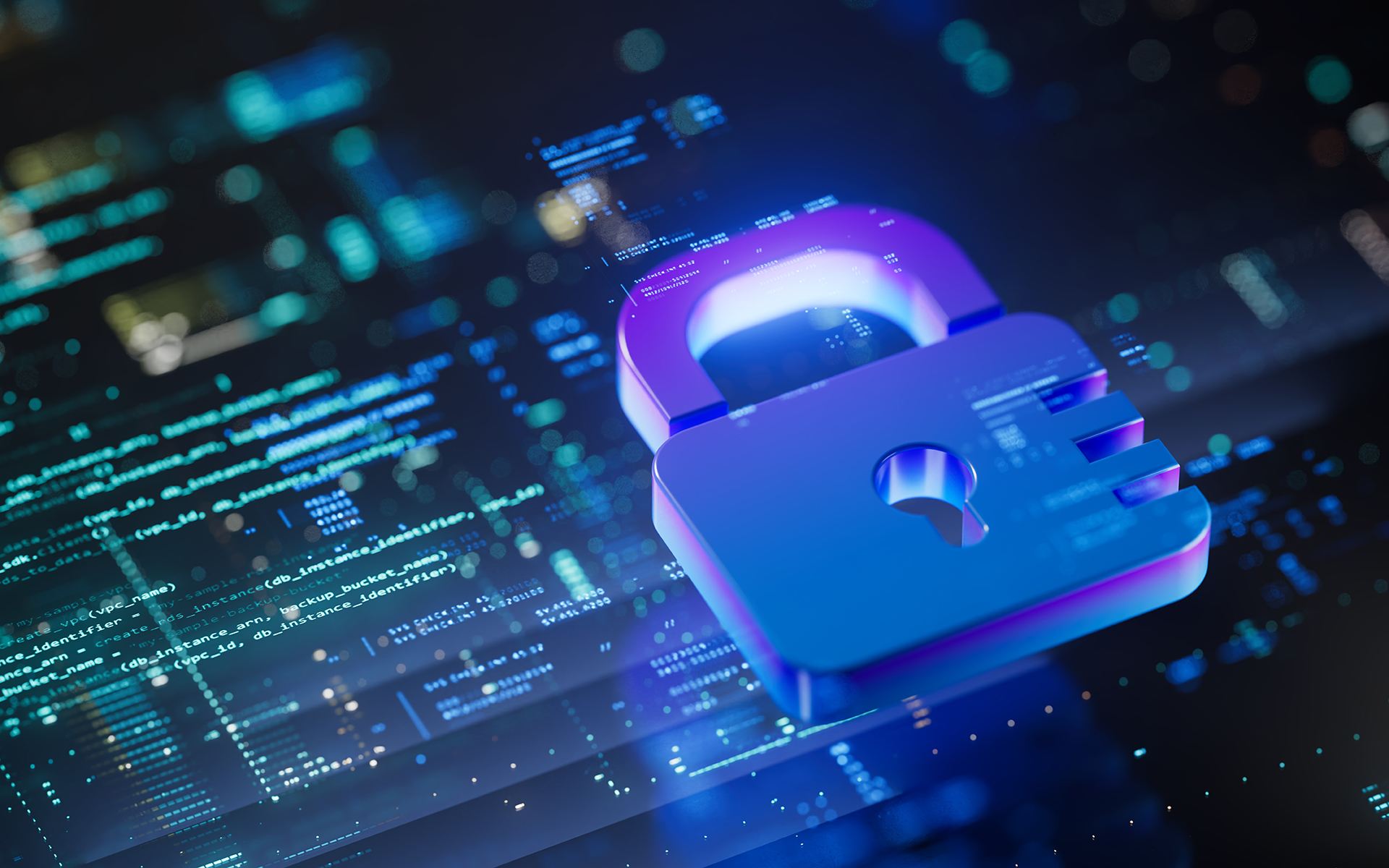AvePoint’s Guide to Effective Implementation of the NIST AI Risk Management Framework


Generative artificial intelligence (GenAI) has become a transformative force in today’s business landscape, driving innovation and streamlining operations across diverse industries. We are experiencing a productivity-centric wave of AI’s impact on businesses as its use continues to revolutionize workflows and redefine efficiency in unprecedented ways.
While AI’s vital role in shaping competitive advantage has become evident, the swift adoption of AI ushers in a whole gamut of data-related challenges and risks.
The AI and Information Management Report has revealed that organizations have serious concerns about the risks associated with AI implementation, with 71% of the respondents citing data privacy and security as a major cause for worry, among other issues.
These emerging concerns can hinder organizations from realizing AI’s full potential to spark innovation and amplify efficiency and productivity. However, integrating AI into the corporate ecosystem is inevitable.
Thriving in this new era means navigating AI integration cautiously. The AI Risk Management Framework (AI RMF) – recently unveiled by the U.S. National Institute for Standards and Technology (NIST) – serves as a critical guide in this journey.
The AI RMF is an essential tool that provides organizations with a structured approach for managing the distinct and complex risks linked to the use of AI technologies. This blog post provides useful information on the AI RMF and offers some strategies to aid you in implementing AI securely.
Why the AI RMF is Essential for Secure AI Deployment
The AI RMF urges organizations to identify and alleviate potential issues proactively, enhancing the reliability and safety of AI applications. This, in turn, can lead to more robust and sustainable AI integration, ultimately driving innovation and honing a competitive edge.
The four core functions of the AI RMF are as follows:
- Govern: Establishes a culture of risk management within organizations by outlining processes and measures to address AI risks. It involves impact assessments and linking AI system design to organizational values.
- Map: Frames risks associated with AI systems by establishing context, determining interdependencies across AI lifecycle activities, and improving the ability to mitigate risks and anticipate the impact of such risks.
- Measure: Involves the evaluation of AI system performance and trustworthiness, identification of measurable improvements or declines, and documentation of results to guide risk management decisions.
- Manage: Requires prioritization and allocation of resources to mapped and measured risks, creating plans for response and recovery, and monitoring AI systems after deployment to address risks effectively.
How AvePoint Can Help You Implement the NIST AI RMF
We’ve devised a four-step guide that corresponds to the four core functions of the AI RMF:
Step 1: Establish a Data Management Framework
As organizations prepare for a data management framework, they should start with disposing of redundant, obsolete, or trivial (ROT) data. Keeping ROT data in your organizations’ digital environment increases the attack surface for cybercriminals, so constantly removing it from your system helps reduce the risks.
An effective data management also involves classifying and determining the lifecycle of data, to help gain a complete overview of what data organizations have and its level of confidentiality.
Organizations can also further bolster the security of information by managing workspace permissions and maintaining control over the structure and processes that underpin the order of their digital environment.
AvePoint Opus' Discovery function aids organizations in managing and disposing of ROT data as part of an effective data management framework. This tool identifies inactive and ROT data, analyzes the data size, and generates reports on these data types. Based on these insights, organizations can take actions, such as archiving or destroying the identified ROT data, to optimize storage and improve data quality.

AvePoint Cloud Governance streamlines how organizations manage workspace permissions and maintain control over the structure and processes of their digital environment, such as access controls, automated provisioning, and ownership management for sites and teams. It implements rules for creating and accessing a workspace, settings, or other configurations, which enables an environment conducive to secure collaboration and improved productivity.
Step 2: Gain Visibility of Your Digital Environment
Organizations need to establish mechanisms for having visibility and control over users, workspaces, and data, as well as for proactively surfacing security insights based on current and future exposure risks.
This process requires the involvement of data owners because they play a key role in understanding, managing, and controlling access to data. Data owners are typically familiar with the nature and sensitivity of the data they oversee, making them best suited to define appropriate access and usage policies.
Tools like AvePoint Insights enable organizations to identify vulnerabilities in their IT infrastructure by giving a comprehensive view of their Microsoft 365 environment. It allows organizations to identify who has access to specific workspaces and the sensitive data it holds, whether they've accessed it, and determine if any external users pose a threat.

Step 3: Monitor Your Digital Workplace for Threats
Because malicious actors don’t rest, organizations need to stay vigilant and install reliable measures to keep an eye on their workspaces. Equally important are measures to monitor access and activity of users and guests across the entire tenant.
AvePoint Insights allows you to scan and aggregate information on data risks and vulnerabilities. It conducts real-time and scheduled scans to identify and analyze workspaces and their content. It also prioritizes issues based on how an organization defines risk to align with relevant regulations and security policies.
Step 4: Optimize Your Operations
Even with a robust governance framework in place, it’s wise to periodically verify that adequate controls are in place. Ensure access and permissions are regularly overseen and properly managed. This is where automated governance becomes crucial so you can achieve secure AI use in the long-term.
AvePoint Cloud Governance helps maintain order in your digital environment through data classification and lifecycle management, to ease IT burden and ensure reliability by doing away with IT or end-user intervention. The consistent application of rules to your workspaces allows you to limit access to sensitive information and ensure secure collaboration.

AvePoint Cloud Governance works seamlessly with AvePoint Opus to enhance digital workspace management. AvePoint Cloud Governance ensures secure interaction among users and safeguards data integrity through workspace policies implementation. Concurrently, AvePoint Opus offers comprehensive data classification and lifecycle management from creation to archiving or disposal, ensuring compliance and data quality.
Maximize the Capabilities of AI with AvePoint
To thrive in an AI-powered landscape, organizations must leverage all available resources when implementing artificial intelligence. The AI RMF is a timely and helpful guide for managing AI-related risks — a necessity today as organizations scale their AI integration to maximize the return on their AI investment.
AvePoint simplifies the work required to bring the AI RMF to life through powerful solutions that tackle the breadth and depth of your data governance and risk management needs. Check out AvePoint’s Artificial Intelligence and Machine Learning Solutions.


Abby Payuyo is a Senior Technical Marketing Writer at AvePoint, covering Artificial Intelligence and Machine Learning. With over 20 years of experience in marketing communications and technical writing, including a recent stint in cybersecurity, Abby creates content that helps organizations navigate the challenges of the modern workplace with the help of AI & ML solutions.


